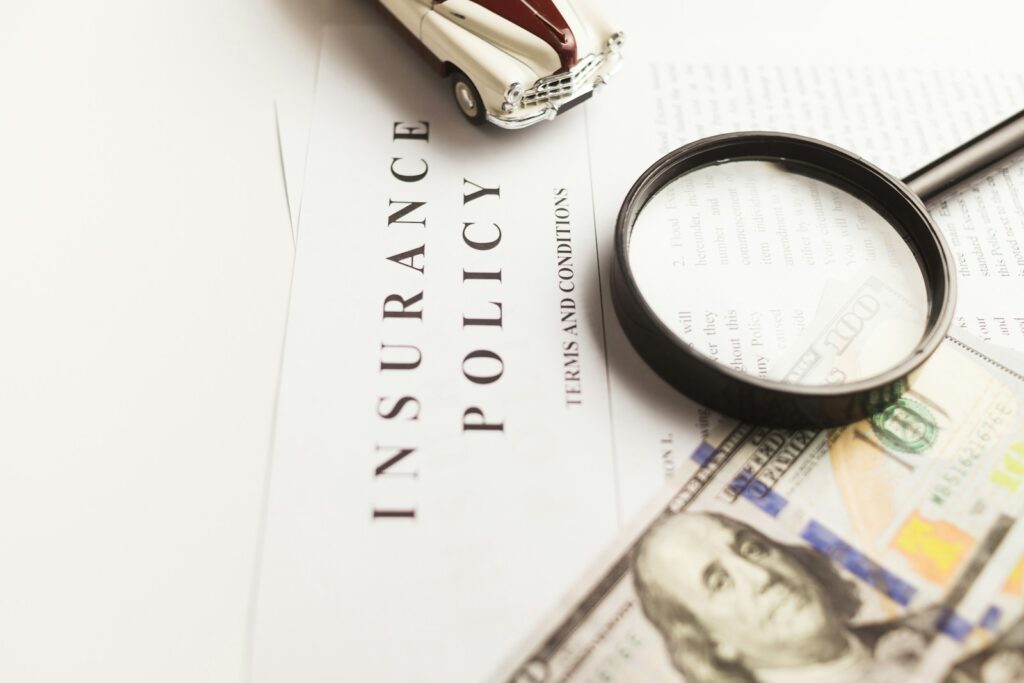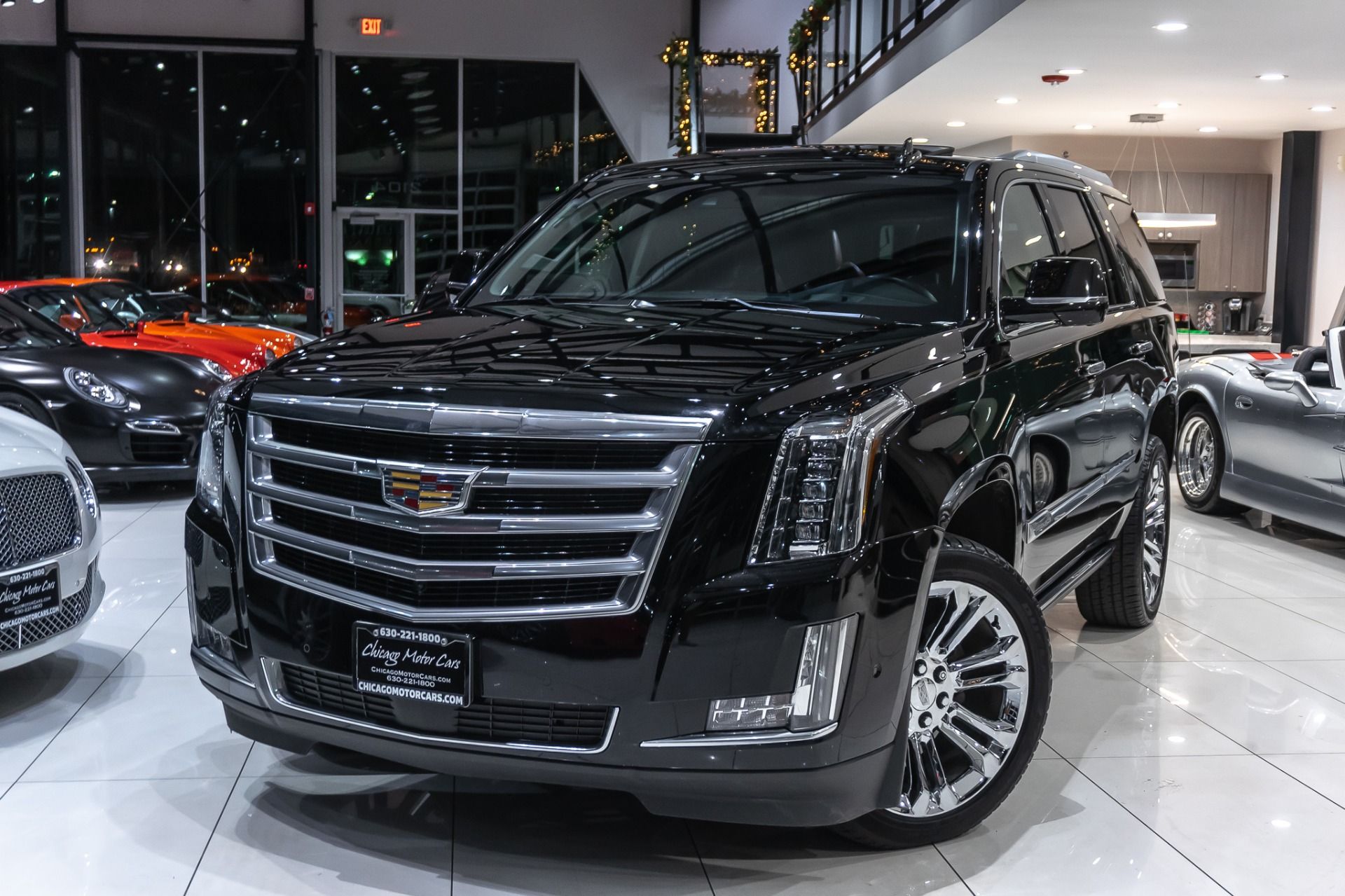
The allure of a luxury car is undeniable. Sleek lines, powerful engines, cutting-edge technology, and the undeniable statement they make on the road – it’s a dream many aspire to achieve. But beneath the gleaming chrome and handcrafted interiors lies a complex financial question: Is a luxury car a smart investment that contributes to one’s wealth, or is it merely a sign of poor financial discipline, draining resources without providing tangible returns? For anyone navigating the complexities of personal finance and wealth management, this isn’t merely a question of preference; it’s a strategic inquiry into asset allocation and value creation.
In an era where every financial decision is scrutinized for its long-term impact, understanding the true cost and potential benefits of luxury vehicle ownership is paramount. While some might instinctively categorize a high-end car as an indulgence, the reality, as always, is more nuanced. This in-depth analysis, drawing insights from financial experts, millionaires’ habits, and market trends, will dissect the arguments, offering a comprehensive look at when a luxury car might surprisingly be a savvy choice, and more often, why it could be a significant financial misstep. We’ll explore the common pitfalls that erode wealth and contrast them with the rare opportunities where a luxury automobile transcends mere transportation to become a valuable asset.
This article aims to provide a clear, expert-driven perspective, helping you, the astute reader, make informed decisions about whether that dream luxury ride aligns with your financial goals. By examining both the tangible and intangible costs, alongside the potential for appreciation in very specific circumstances, we’ll demystify the luxury car market and equip you with the knowledge to either confidently pursue your automotive aspirations or wisely steer clear of common money traps. We begin by unmasking the prevalent reasons why, for most, a luxury car purchase often represents a significant financial downside.
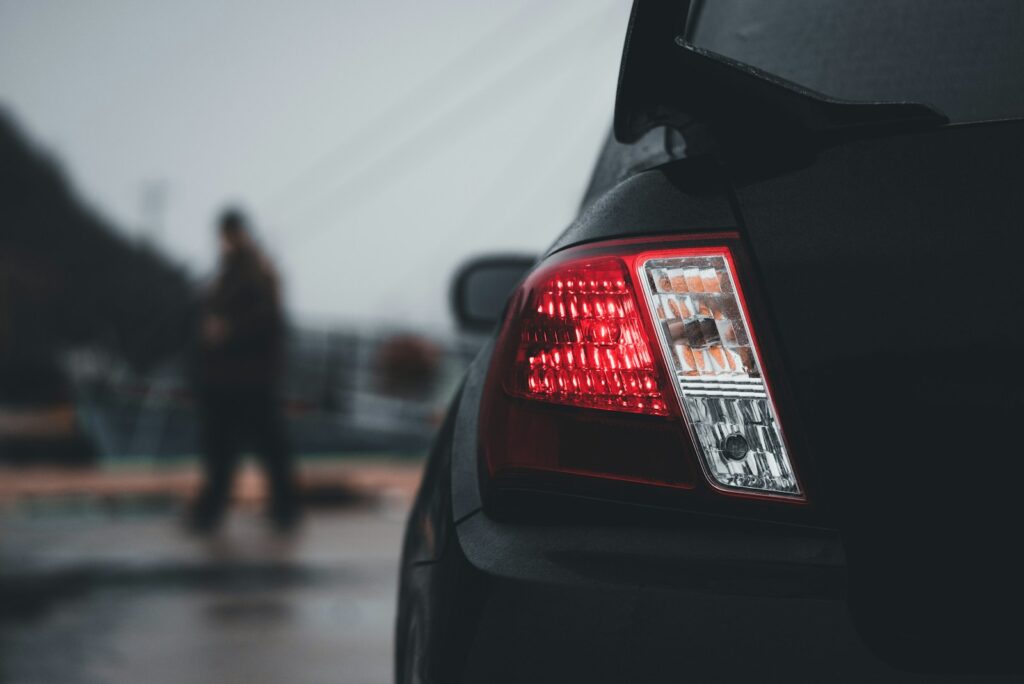
1. **Depreciating Assets & The Premium Purchase Price**: Among the most frequently cited expenditures that millionaires consciously avoid are new and luxury vehicles. Financial advisors consistently highlight that vehicles are depreciating assets that lose value significantly as soon as they are driven off the lot. This inherent characteristic makes them fundamentally different from appreciating assets typically sought by shrewd investors.
The financial commitment to a luxury car starts with its premium purchase price, often due to superior craftsmanship, brand prestige, and advanced features. This premium price sets a steep entry point, which can limit the potential for profit when compared to other investment types that do not require such substantial initial outlays. Your money becomes tied up in a physical asset that cannot be quickly converted to cash without potential loss, thus affecting liquidity. Considering the substantial capital invested, this ties up funds that could otherwise be allocated to investments with potentially higher yields or better liquidity, diverging from the wealth-building principles that financially successful individuals often adopt.
2. **Rapid Depreciation Rates**: The rate at which a luxury car loses its value is notoriously rapid, contrasting sharply with traditional investments designed to appreciate over time. While all cars depreciate, luxury vehicles often experience an accelerated loss in value within the first few years compared to their non-luxury counterparts. This rapid decline is often attributed to the perception of value, which diminishes significantly with each passing model year and every technological advancement introduced to the market. Even a luxury car that seems timeless can quickly become dated in the eyes of consumers.
Market trends constantly shift, and as newer models boasting updated features are released, older models often see an accelerated erosion of their market value. This steep depreciation curve can significantly reduce a substantial portion of the car’s initial value in just a few years. Understanding this rate is crucial for any potential investor, as it dictates the optimal time to sell if one aims to recoup a portion of their initial investment. Failing to sell at the right moment can lead to even greater financial losses as the vehicle continues its downward trajectory in value.
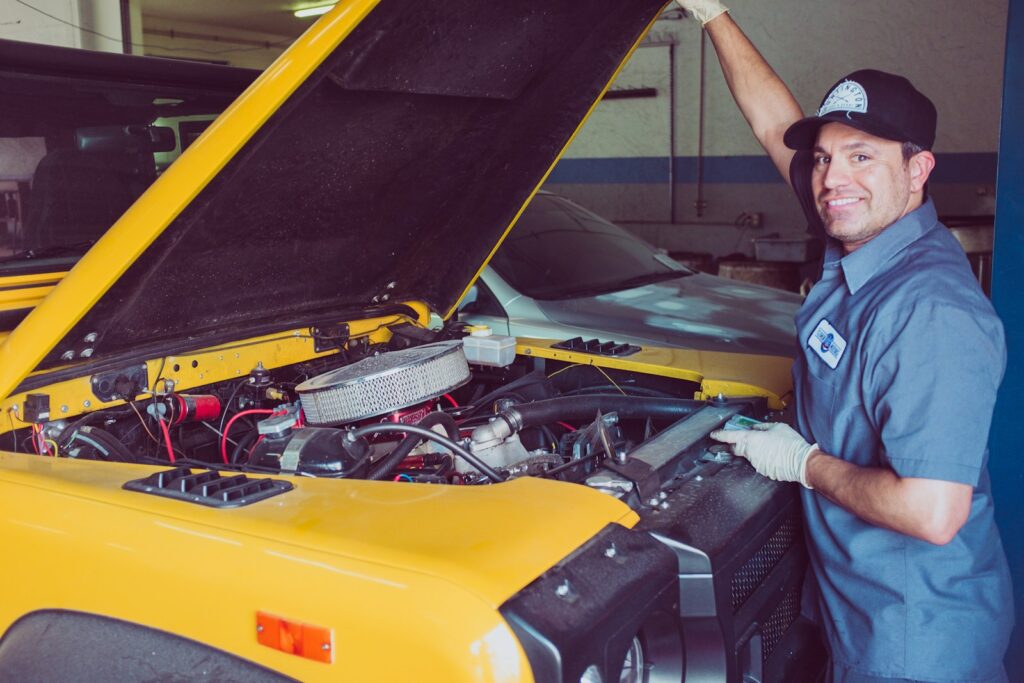
3. **Exorbitant Regular Maintenance Costs**: Owning a luxury car inherently entails a commitment to high and ongoing maintenance costs. These expenses are not merely optional; they are necessary to preserve the vehicle’s performance, safety, and ultimately, its potential resale value. Luxury cars often demand specialized care from highly trained technicians, who command a premium for their expertise and intricate knowledge of these complex machines.
These specialists are often found at authorized dealerships or exclusive service centers, further limiting competitive pricing. Routine maintenance activities, such as oil changes, brake inspections, and tire rotations, are significantly more expensive for luxury vehicles compared to average cars. This is due to the use of specialized lubricants, high-performance brake components, and often unique tire sizes and compounds.
Over time, the cumulative cost of keeping a luxury car in pristine condition can represent a substantial outflow of cash, a factor that can easily negate any perceived gains from the investment. Neglecting this meticulous maintenance can lead to accelerated depreciation, further diminishing its value as a potential asset.
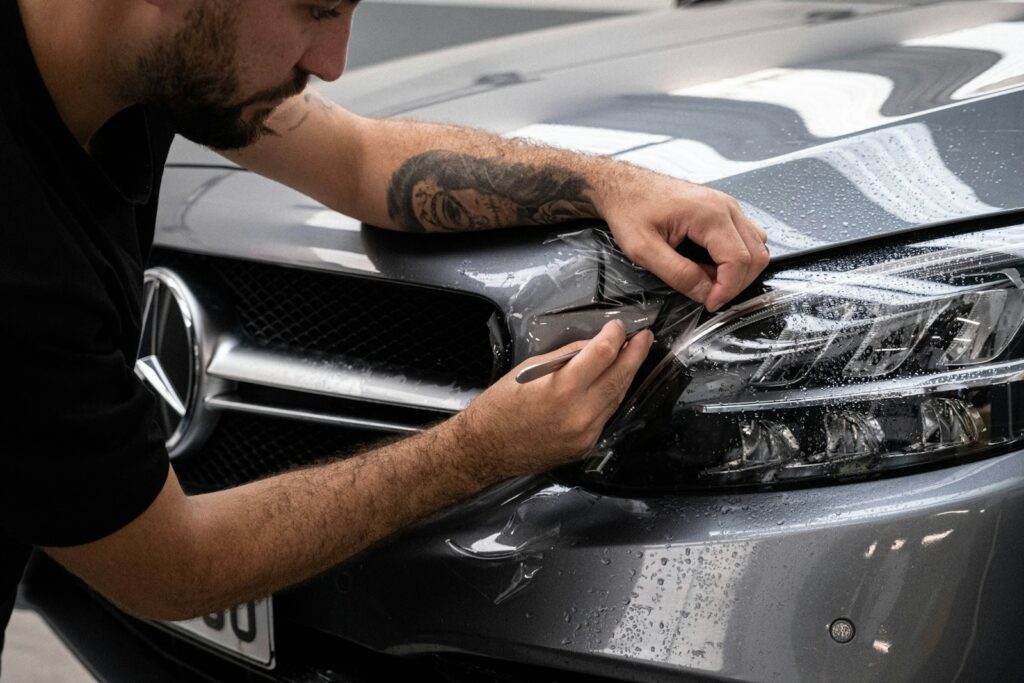
4. **Specialized and Costly Repair Expenses**: When the inevitable need for repairs arises, luxury car ownership presents another significant financial challenge. The parts required for luxury vehicles are typically more expensive than those for standard cars, a direct consequence of their high-end materials, advanced engineering, and incorporated technology. These specialized components are also often less common, frequently requiring special orders from exclusive suppliers, which can add both to the overall cost and the time it takes to get the car back on the road.
Moreover, the labor associated with repairing luxury vehicles is equally specialized and thus more expensive. Mechanics proficient in working on high-end cars are in high demand and charge premium rates for their services, reflecting their advanced training and specific tools required. The intricate nature of luxury car design, with its integration of advanced technology and custom features, often means that repair work is more complex and time-consuming than for non-luxury vehicles.
An unexpected major repair can represent a substantial financial hit, significantly impacting the overall investment return of a luxury car and necessitating a robust, ongoing budget specifically for maintenance and repairs.
5. **High Insurance Premiums**: One often-overlooked yet substantial ongoing cost of luxury car ownership is the significantly higher insurance premiums. Luxury cars are considered a higher risk by insurers for several reasons: their inherently high value means greater payout in case of total loss, their high-performance capabilities can lead to more severe accidents, and their desirability makes them more attractive targets for theft. Consequently, insuring a luxury car as an investment can lead to substantial annual payments, which accumulate significantly over the years of ownership.
These elevated premiums must be meticulously factored into the total cost of ownership when evaluating a luxury car as an investment. It’s not solely about the initial acquisition price or the potential resale value, but also the continuous holding costs like insurance that can severely detract from any profitability. While some advanced safety features in luxury cars might qualify for a premium discount, the baseline cost remains considerably higher than for a standard vehicle.
Insurance costs can vary based on individual factors like driving history and location, but generally, the more expensive and powerful the car, the higher the premium you can expect to pay, directly impacting the investment’s financial viability.
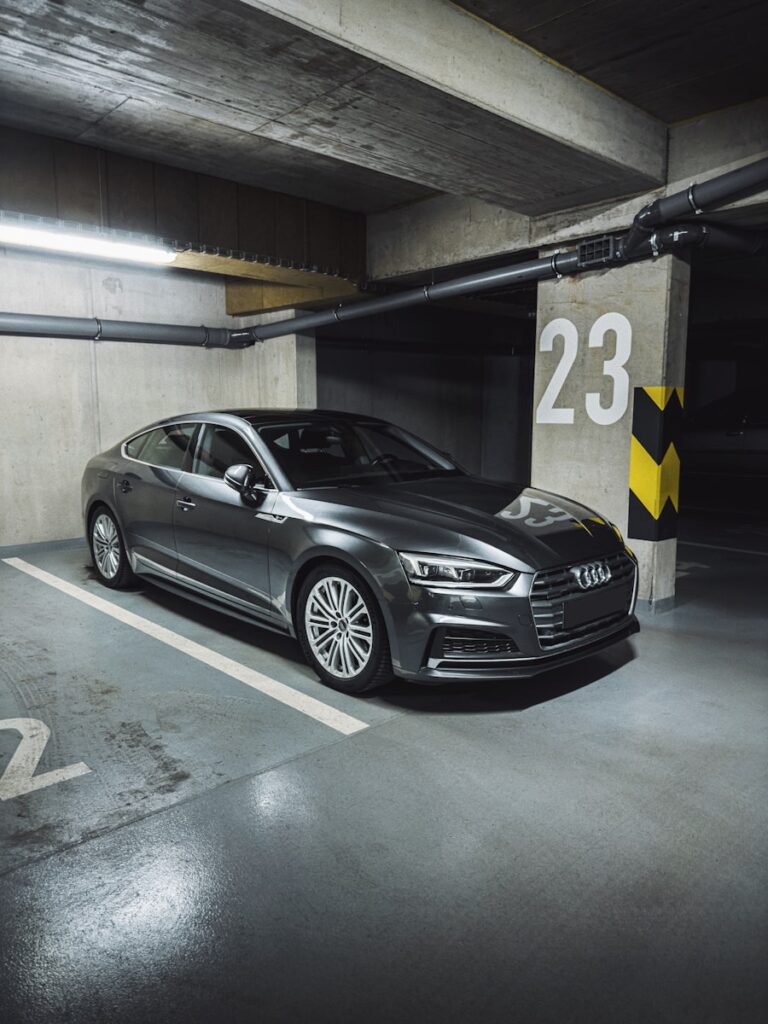
6. **The Paradox of Low Mileage: Fear of Use**: A unique dilemma for those considering a luxury car as an investment is the “fear of racking up miles.” The odometer reading significantly impacts a luxury car’s resale value; generally, the fewer miles it has, the higher its potential worth. As an investor, this can lead to a reluctance to drive the vehicle, paradoxically limiting the enjoyment and utility that are often primary motivators for purchasing such a car in the first place.
The very purpose of owning a luxury vehicle – the pleasure of driving and experiencing its superior performance and comfort – becomes compromised by the desire to preserve its investment value. This focus on maintaining low mileage to command a higher price on the secondary market often means the car is used sparingly. While intended to preserve value, this limited use can also lead to its own set of mechanical issues, as vehicles are designed for regular operation, not prolonged storage.
The delicate balance between preserving the car’s value through minimal use and actually enjoying your investment presents a significant challenge. This fundamental conflict between asset preservation and utility makes the “fear of use” an essential downside to consider when evaluating a luxury car for investment purposes.

7. **The Trap of Lifestyle Creep**: Lifestyle creep represents a subtle yet pervasive financial pitfall, especially for those whose incomes are growing. It’s the phenomenon where, as income increases, spending tends to follow suit, leading to upgrades in homes, cars, or daily habits, often without conscious realization, until savings noticeably diminish. Millionaires, according to financial experts, are particularly mindful of resisting this tendency by aligning their spending with long-term financial goals rather than allowing purchases to become comfort-driven defaults.
They understand that just because income rises, spending should not automatically escalate. This principle extends directly to luxury car ownership. Upgrading to a more expensive vehicle simply because one can afford the monthly payment is a classic manifestation of lifestyle creep. It diverts capital that could otherwise be invested in appreciating assets or used to build a stronger financial foundation.
Financial experts warn that allowing spending to increase with every raise is how people end up living paycheck to paycheck, regardless of their income level. By being mindful of this trap, millionaires prioritize durable items that offer long-term value and incremental savings, opting for things like buying a coffee machine instead of daily expensive coffee runs, rather than indulging in fleeting conveniences or status symbols like perpetually new luxury cars.
Now, shifting our lens, we delve into the intriguing counter-narrative: the specific conditions and types of luxury vehicles that can indeed transcend mere expense to become savvy investments. Far from being universal money pits, certain luxury cars, under the right circumstances, can offer not just an unparalleled driving experience but also surprising financial wisdom. This segment will explore how factors like cutting-edge innovation, strategic acquisition, and unique market dynamics can transform a luxury vehicle from a liability into a valued asset, or at least a highly beneficial one. It’s about discerning where the true value lies, beyond the initial gleam and status symbol.
The discourse around luxury cars as investments is far more intricate than a simple dichotomy of good or bad financial habits. While the common pitfalls of rapid depreciation and high running costs are undeniable, a nuanced understanding reveals specific avenues where luxury vehicles can indeed be strategic acquisitions. By focusing on models defined by their innovative technology, advanced safety, superior performance, rarity, historical significance, or by opting for shrewdly acquired used vehicles, discerning individuals can align their automotive aspirations with sound financial principles. It’s about combining the thrill of ownership with the discipline of smart asset management, transforming a perceived indulgence into a calculated investment that delivers both enjoyment and potential returns. The luxury car market, therefore, presents an exciting challenge: not merely to possess a symbol of success, but to master its hidden currents of value.


